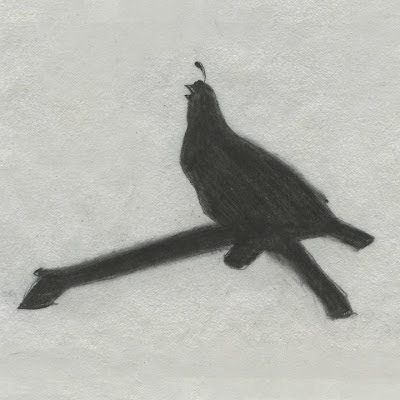Every artist who evolves a style does so from illusive elements that inhabit his or her visual storehouse,
but the actual breakthrough in the privacy of the studio,
when one dares to (sculpt) in a new manner,
is a solitary thrill, dependent upon no one else.
It is the individual artist who most act courageously in an effort to grow.
- Mary Carroll Nelson
A person is the sum total of his or her interests, experience, knowledge and feelings.
Artists and their styles evolve naturally while searching and exploring various possibilities of design.
Style, like feelings, cannot be forced.
Sculptors develop their individual way of seeing an animal's natural characteristics.
The imprint of the artist's personality, the manner in which the animal is presented is the artist's style.
Style manifests itself as artists discover that which interests them most about the subject.
Nearly all artists have been influenced by the work of preceding artists or their contemporaries.
Awareness of great art helps artists evaluate their own work with a clearer and more discerning eye.
When you are deeply involved with and understanding your subject, an original style develops automatically.
Coyote Clipper
9"H 17"W 6"D
All sculpture - copyright Sandy Scott




































 Shown below, is a preparatory drawing and clay block-in of an owl's head.
Shown below, is a preparatory drawing and clay block-in of an owl's head.
